An experiment is a method used to verify or disprove a hypothesis, as well as to assess the effectiveness or probability of something that has never been tried before. By showing what happens as a result of manipulating a specific factor, experiments shed light on cause-and-effect relationships. (An experiment’s failure) A failure in one’s career occurs. Inadequate or falling short as a state or fact (for example, crop failure), a halt in proper performance or operation (a power outage), An experiment is a study in which a theory is empirically tested. In an investigation, the cause, the independent variable, is changed, and the effect, which is the dependent variable, is measured while all other factors are controlled. Experiments should be impartial, which is advantageous.
1. Google Glass
Skydivers were there for Google Glass’s launch. During a Google gathering at Moscone Hall in 2012, Google co-founder Sergey Brin seized the stage to broadcast skydivers wearing Google Glass as they descended to the top of the convention center live on the internet. It was a conceit that these interconnected glasses would alter the course of history. And they could have, but the device could never take off because it terrified people so severely.
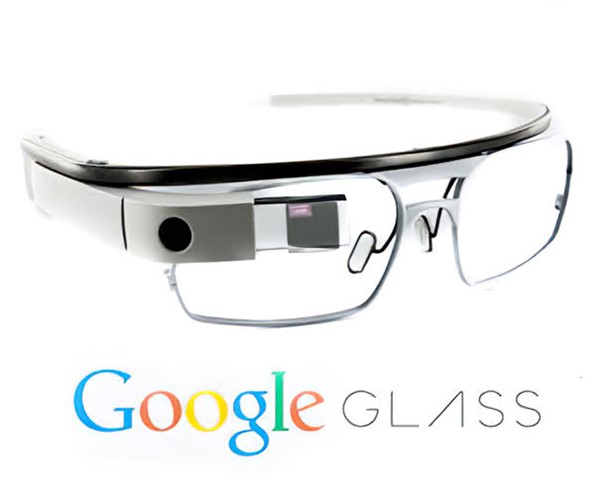
2. Amazone Smartphone
Jeff Bezos has had tremendous success launching rockets into space than developing an Amazon smartphone, which is one of the most astounding truths of the past ten years. The so-called “Fire Phone” was an utterly disastrous product. The Fire Phone’s failure was mainly attributed to the fact that it felt unfinished. It utilized terrible software, was crammed with gimmicks, and, perhaps most egregiously, failed to adequately conceal its ultimate goal of serving as a tool for boosting Amazon sales.

3. Galaxy Note7
On August 17, 2016, Samsung’s Galaxy Note 7 debuted in the review cycle, and reviewers couldn’t stop gushing about how fantastic it was. That was before the initial phone explosion, which included a portion of Samsung’s reputation. There were allegations of at least 35 phones catching fire as of September 1st. Samsung stated that it was withdrawing the Note 7 and providing replacement devices in a message that was both humble and contrite.
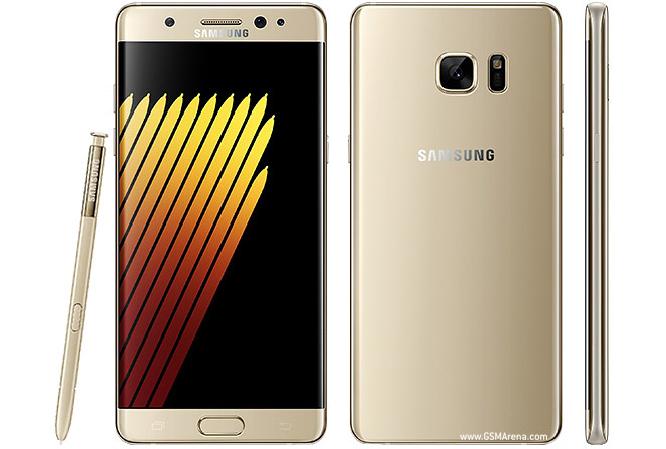
4. Windows Phone
Microsoft accompanied the release of Windows Phone with a vast gala commemorating the demise of the iPhone. Oops. The phone OS that Microsoft promised would free us from our phones, despite Windows Phone’s attractive tile-based user interface, failed to deliver. Instead, the company spent years unsuccessfully attempting to persuade developers to produce apps for the Windows Phone, decimating Nokia in the process. Microsoft’s failure to seize the lead in the smartphone age was dubbed the “biggest mistake ever” by Bill Gates, and the Windows Phone has allowed the world to witness that error unfold as a slow-moving car catastrophe.
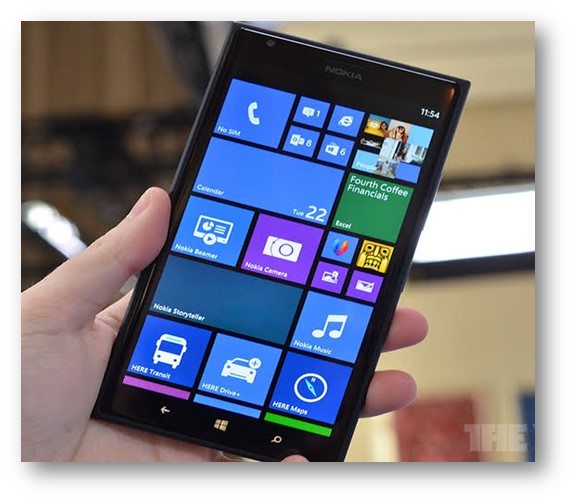
5. Social Phones
Before Windows Phone, there was Microsoft Kin, the “social phones” that the business infamously axed six weeks after they went up for sale in May 2010; hence they were that peculiarly irksome combination of awful and pricey. The legendary T-Mobile Sidekick returned with the Kin One and Kin Two. Despite SanDisk was having specifically stated that functionality, they didn’t launch with support for YouTube, Twitter replies or retweets, or microSD storage. According to rumors, the project had been ruined by Microsoft employees to make room for the future Windows Phone.
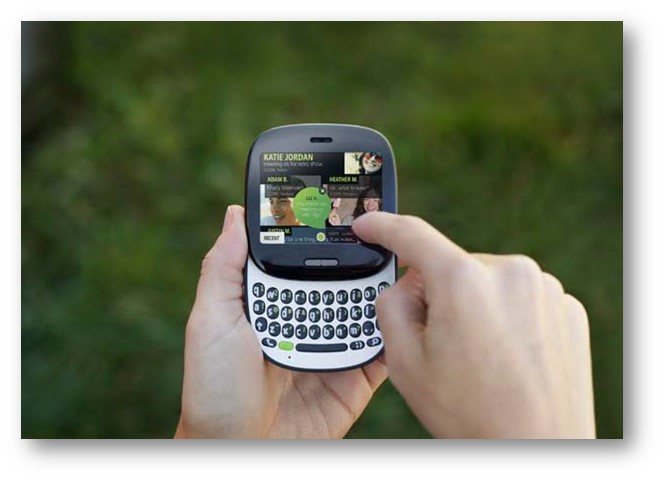
6. BlackBerry Phones
BlackBerry ruled the globe at the beginning of the decade. But after reaching an all-time high of more than 80 million subscribers, mainly in the summer of 2012, things began to fall apart shortly after. Instead, it developed an unsettling and puzzling array of misdirected products, ignoring its core competencies. The company launched one embarrassing failure after another in quite much every product category imaginable, from the PlayBook tablet that came without the need for an email client to the catastrophic BlackBerry 10 OS. The business understood relatively late in the game that it would never overtake Apple and Google.
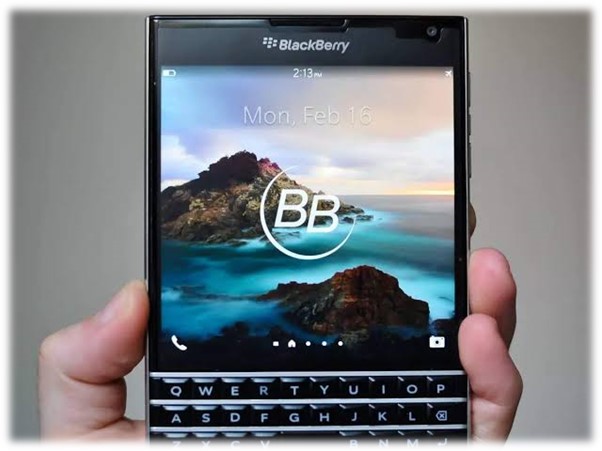
7. Google Hangouts
Google Hangouts is undoubtedly the biggest failure in Google’s messaging division over the past ten years. Not because it was a lousy product in and of itself, but because it performed a poor job of replacing a valued product and was subsequently abandoned to the whims of Google’s constantly shifting corporate objectives and organizational restructurings. It wilted and died, becoming a disorganized and underutilized Slack rival that Microsoft Teams swiftly and effectively eclipsed. Then Google invested in Allo, but it wasn’t given a chance, so it also failed. The future of Google’s messaging apps is now in the hands of mobile carriers, so the search giant gave up.

8. 3D TVs
Following the massive box office success of 2009’s Avatar, 3D TV was meant to create a new sense of realism for home theatre moviegoing. Nobody wanted to sit on their couch while watching movies in 3D, however, unlike in cinemas. Furthermore, unlike a giant movie theatre screen, most TVs don’t have screens large enough to display 3D. The industry abandoned the vision by the second quarter of the 2010s and shifted into HDR and other non-glasses image upgrades.

9. Windows RT
With a ludicrous name that no one could understand, Windows RT began life confused and disoriented. It served as the processor for Microsoft’s first Surface RT tablet and featured a desktop mode that resembled classic Windows. However, it wasn’t ordinary Windows because you couldn’t install all your preferred desktop software, a fact that Microsoft neglected to mention to customers or even its own Microsoft Store personnel. Microsoft wrote off $900 million worth of tablets it couldn’t sell due to the Surface RT’s disastrous performance. Microsoft had assumed everybody would like a Surface RT, but in reality, everyone wanted full Windows.
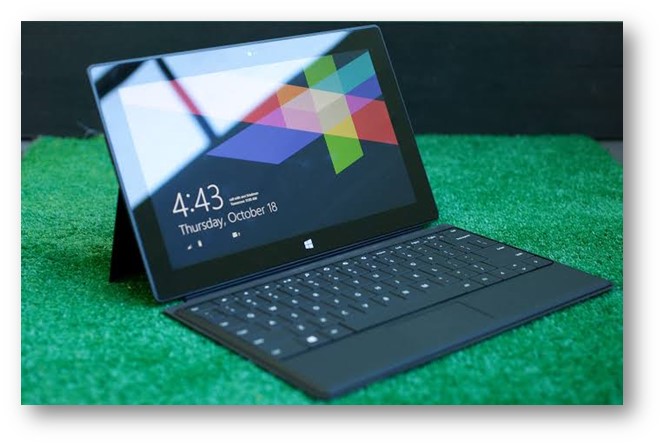
10. HP Touchpad
The TouchPad was such a flop that HP announced less than two months after its release that it would discontinue production of all webOS products, including phones and tablets; it reduced the price of the TouchPad from $499 to a pitiful $99 for the 16GB variant. It wasn’t until then that it began moving off the shelves, and to use up the leftover components, the business ran another production line. By 2012, the TouchPad had become a distant memory, and in 2013, HP sold all of its webOS assets to LG to use in its TV lineup.
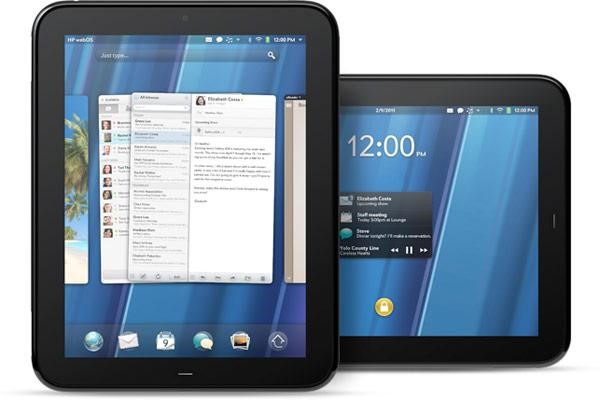
11. Apple Keyboard
With its “butterfly” keyboard, which debuted in the 2015 12-inch MacBook and was later adopted on the MacBook Pro and MacBook Air, Apple made a mistake. The butterfly keyboard, created mainly to enable slimmer laptop bodies, is sometimes cited as the pinnacle of Apple’s inclination to prioritize form over function. However, in doing so, Apple decreased the critical travel to a measly 1mm, which many felt uncomfortable under their fingertips. Even the keyboard was noticeably louder to type on compared to earlier MacBook models or comparable computers.
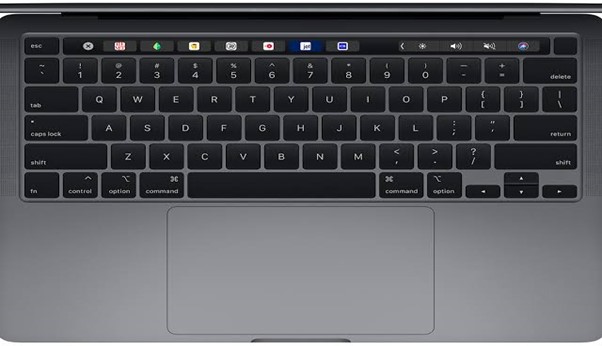
12. Equifax
However, it appeared that everyone was paying attention to the Equifax incident, even though most people’s eyes glazed over when discussing cybersecurity. This is primarily due to how grave the mistake made by the consumer reporting agency was. Along with Social Security numbers, birth dates, residences, and driver’s license numbers, more than 143 million Americans’ personal information was made public. Credit card information for approximately 209,000 people was also obtained. The incident is now nearly synonymous with the company’s brand name because it was a massive failure.
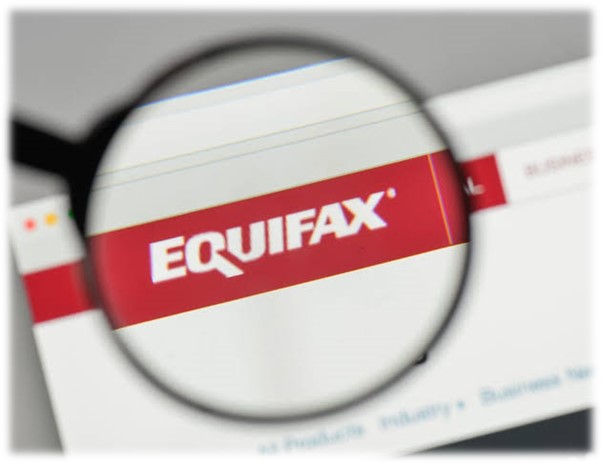
13. Concept Of Privacy
When he suggested that privacy was old-fashioned in 2010, Mark Zuckerberg, the CEO of Facebook, sparked a small commotion but afterward claimed he had been misunderstood. Yes, the US government had implemented a comprehensive wiretapping programme after 9/11, but it was said it had stopped breaking the law. Sadly, these claims weren’t validated in the decade that followed. Our country was being spied on by the NSA, as we soon discovered when it enlisted the help of phone and internet providers. Smartphones, home security systems, online DNA databases, and organizations ranging from credit card firms to the DMV that sell behavioral records about us all allow for the constant monitoring of our lives.
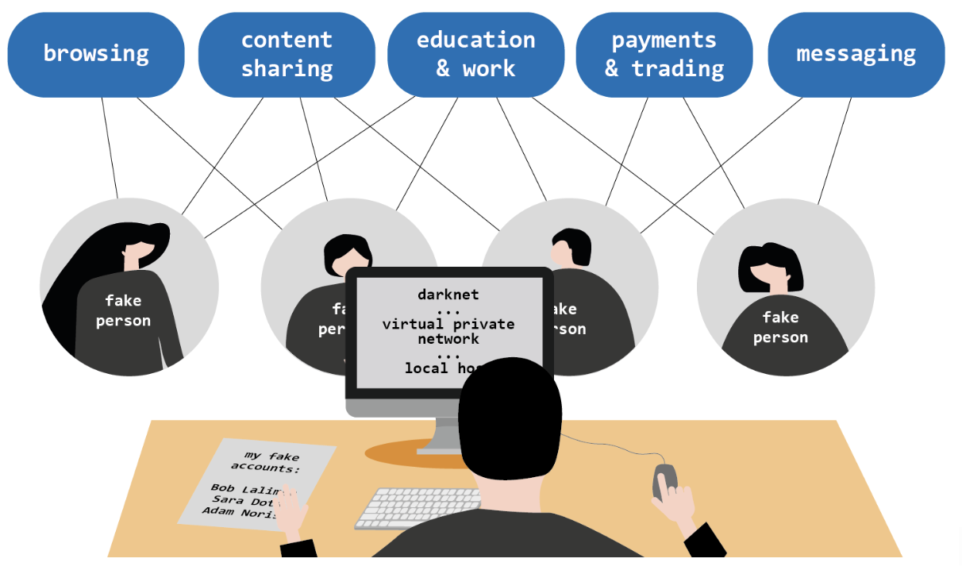
14. Apple Map
In 2012, along with iOS 6, Apple decided to release its version. Given how much of the mapping business already belonged to Google, it was a bold move on Apple’s part that ended up being downright embarrassing. In certain places and nations, Apple Maps displayed nothing but blank spaces or misaligned landmarks due to bugs, a lack of public conveyance information, and other issues. Multiple Apple administrators who oversaw the Maps project were ultimately let go as a result of the error; for the following ten years, the business spent that time convincing everyone that it was capable of developing a Google Maps rival.
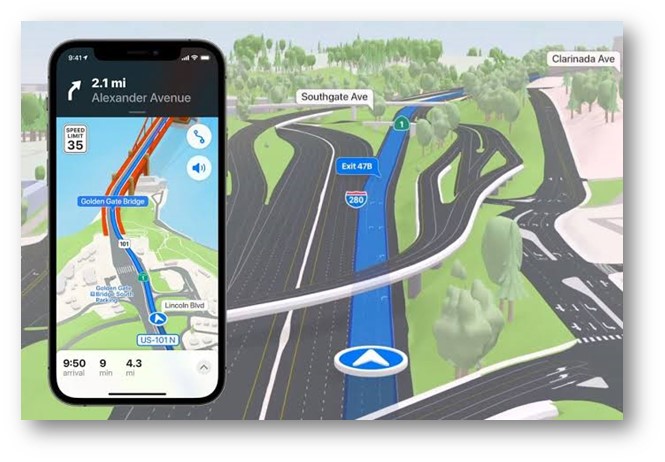
15. Dieselgate
A team of researchers from West Virginia University discovered several anomalies in the emission controls of Volkswagen Jetta and Passat, which led to the beginning of the biggest automotive scandal of the decade. Nearly every significant VW employee has since been implicated in the Dieselgate scandal. The entire operation was criminally laughable: VW employees installed defeat devices, or “acoustic condition”-designated bits of code, to enable the company’s diesel vehicles to fool inspectors into thinking they produced fewer emissions than they did.
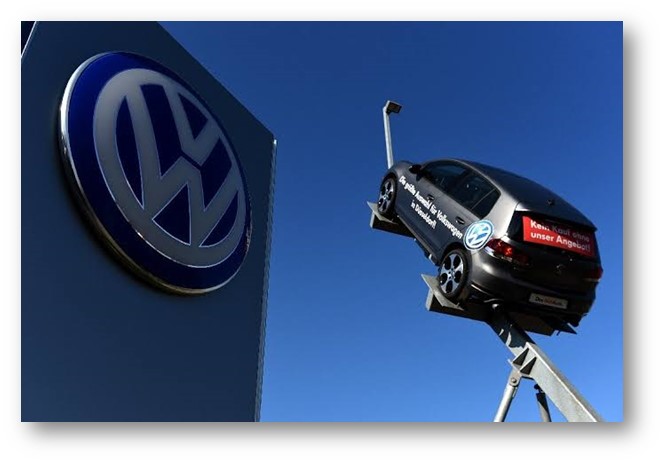
16. Faraday Future
Previously, the most publicized EV startup in the world was Faraday Future. The startup’s motives were the subject of so much conjecture as a result of this combination that, at one point, it was believed Faraday Future was an Apple-sponsored covert automobile project. It was widely thought it would compete with Tesla or maybe topple it. Faraday Future is becoming increasingly well-known for rife mismanagement, dubious business transactions, and unceasing drama, as The Verge has extensively reported over the last three years. Even though the business is still in operation, it has been on the verge; of collapse for more than two years and hasn’t shipped a single automobile.

17. GoPro Karma
On the evening of the 2016 election, GoPro recalled its first drone. GoPro Karma was a decent drone, mainly if used merely as a promotional tool for GoPro’s top-notch cameras, and that’s how the firm always marketed it. It’s hardly surprising that Karma never took off because it lacked the cutting-edge capabilities that DJI created in its approach to complete dominance of the drone business. However, the failure of Karma is also a fantastic illustration of how loss may benefit a business. At the height of the company’s overstuffed product lineup, GoPro released the Karma. When it was unsuccessful, it encouraged GoPro to redirect its attention to what it was strong at.

18. WII U
The Wii successor from Nintendo was a terrible product in practically every aspect, from its poor touchpad controller to its frustratingly slow system and its unclear name. That Nintendo swiftly ran out of ways to employ its hardware is the most damning. Playing Super Mario 3D World, Mario Kart 8, and Breath of the Wild are just a few of the best video games available on the Wii U. Yet practically, all of them can be played on the GamePad controller without a second screen. While it was lovely to have some fantastic games available at home, the hardware was wasted in a complex way.

19. Steam Machines
The Verge broke the news in 2012 that Valve was developing a gaming console. I assumed it would be a computer running Linux. However, Valve was able to create a fascinating controller to go with a very stunning console-sized gaming PC. The Steam Machines eventually debuted in 2014 with a ludicrous and perplexing selection of computers, some costing significantly more than a console. They could only play a small portion of the games available on Steam. Ultimately, Valve’s partners chose to distribute Windows in place of, or in addition to, Steam0S, if they didn’t opt altogether to scrap their console-like machines completely.
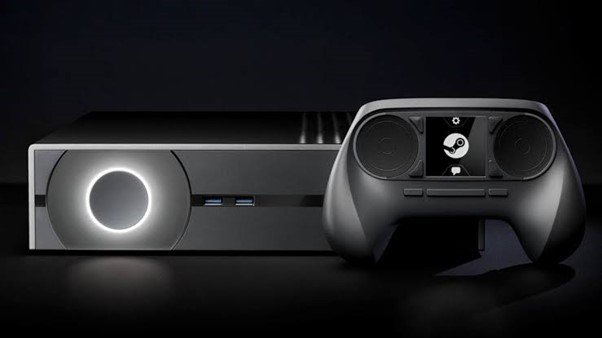
20. Healthcare.Gov
The Affordable Care Act, signed into law by President Obama in 2010, appeared to mark the end of the challenging phase. But the administration wasn’t ready for the real enemy: shoddy web development. Obamacare’s insurance sign-up website, healthcare.gov, was a complete mess when it first launched. The website kept crashing, leaving no way to access it. It was called “the weakest link” by Jon Stewart. “Interest greatly exceeded expectations, and that’s the wonderful news,” Obama told the audience.





















